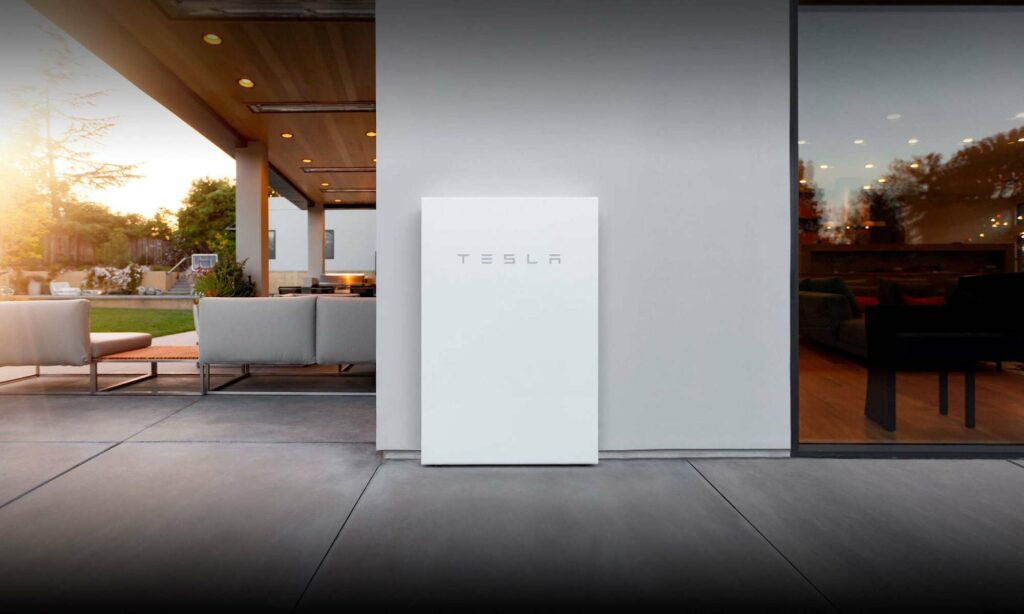Paris Climate Agreement – Solar Plays Key Role
Home » Paris Climate Agreement – Solar Plays Key Role
Paris Climate Agreement was sealed amid wild applause and emotional scenes on Saturday after two weeks of intense negotiations between 196 countries.
The final text secures a binding agreement from both developed and developing countries to keep temperature increases ‘well below’ 2°C, it also calls for efforts to cap the increase at just 1.5°C over industrial levels.
the Paris Climate agreement aims to;
‘Hold the increase in the global average temperature to well below 2 °C above pre-industrial levels and to pursue efforts to limit the temperature increase to 1.5 °C above pre-industrial levels’
To do this, it says, parties must seek a global peak in emissions as soon as possible, and to achieve a ‘balance between anthropogenic emissions by sources and removals by sinks of greenhouse gases’ in the second half of the century.
Hailed as a ‘turning point and far more ambitious than anyone thought possible, two factors have driven the increased ambition in the text – an increased focus on the science which suggests that the impacts of 2°C warming will not be tenable, and the dramatic fall in technology costs – particularly in solar and wind, and the emergence of energy storage since the Copenhagen summit ended in disarray more than six years ago.
The falls in technology cost suggest that the task of decarbonisation may not be as difficult as once thought, costing little more or even cheaper than business as usual, and saving trillions of dollars globally in avoided health costs and climate impacts, and creating millions of jobs.
Australia, though, finds itself on the outer, both politically and economically. It has no domestic policy or long-term plan to decarbonise the economy, and despite all the rhetoric and soft talk from the Turnbull administration about wanting an ‘ambitious’ outcome at the paris climate agreement, it has so far done little to change the policies of the Abbott era.
If that is to change, it has much to do. Its renewable energy target remains stalled by the obstinacy of the incumbent utilities, and in any case, expires in 2020 with no longer-term price signals.
The long-term goal of an 80 percent reduction in emissions introduced by Labor was junked along with the carbon price, and industrial emissions are rising as fast as the $2.55 billion Emissions Reduction Fund can buy them.
Want to do your bit for the environment and save money in the process? Do you know how you can benefit from renewable energy & solar? Contact us today and one of our experienced team will be happy to answer all your solar questions!
Click Here For Your FREE Quote







